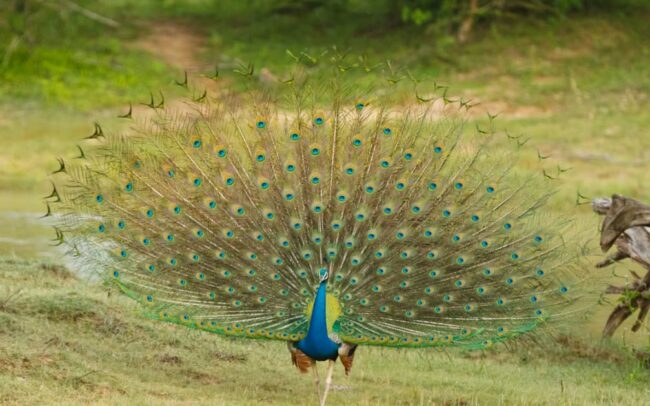The animal kingdom is a treasure trove of diverse and fascinating creatures, and birds hold a special place among them. Their vibrant plumage, melodious songs, and remarkable behaviors never fail to captivate our attention. One such enchanting bird is the Greater Blue-eared Starling (Lamprotornis chalybaeus). In this blog post, we will delve into the world of this stunning avian species and explore its key characteristics, habitat, behavior, and more. Let’s spread our wings and embark on a journey to discover the wonders of the Greater Blue-eared Starling.
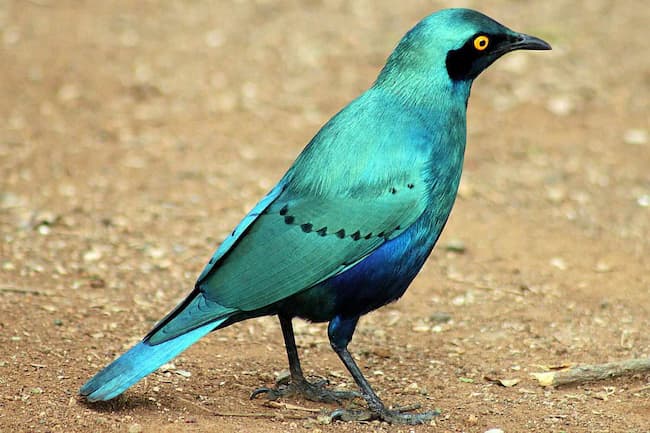
Key Characteristics:
With its iridescent plumage and striking features, the Greater Blue-eared Starling stands out among its avian counterparts. Here are some key characteristics that make this bird truly remarkable:
1. Plumage and Coloration:
The Greater Blue-eared Starling showcases a captivating mix of colors. Its head, neck, and breast are glossy metallic blue, while its back and wings display a deep purple hue. The underparts are a striking cobalt blue, complemented by a jet-black tail. The vibrant colors of this starling are truly a sight to behold, making it a visual delight for bird enthusiasts.
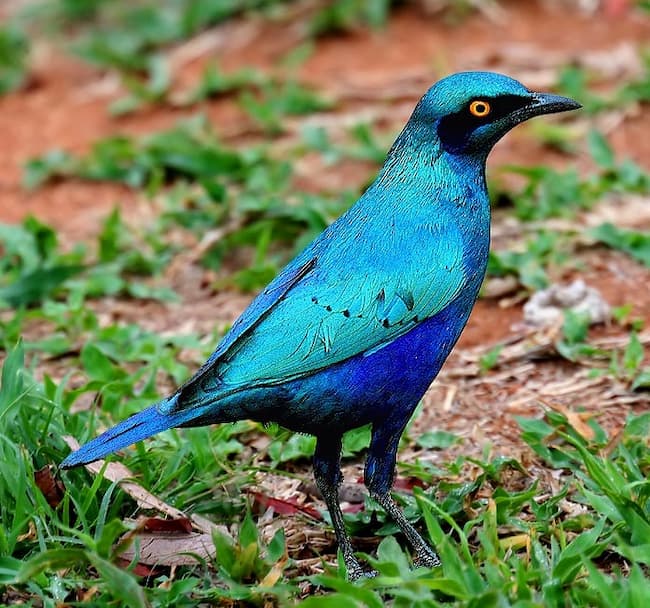
2. Size and Physical Attributes:
Measuring around 18 centimeters in length, the Greater Blue-eared Starling is a medium-sized bird. It has a robust build with a short, sturdy beak. Its eyes are a vibrant yellow, and its legs are strong and well-adapted for perching and hopping among branches. This avian beauty possesses a graceful posture and moves with agility.
3. Habitat and Range:
The Greater Blue-eared Starling is native to the eastern regions of Africa, particularly in countries like Ethiopia, Kenya, and Tanzania. It thrives in a variety of habitats, including woodlands, savannas, and open grasslands. These starlings are often found in flocks near water sources, where they can quench their thirst and find food.
4. Behavior and Diet:
This species is known for its sociable nature and forms large communal roosts that can number in the thousands. The Greater Blue-eared Starling is highly vocal and produces a range of melodious calls and whistles. Its diet primarily consists of fruits, insects, and nectar, and they play a crucial role in seed dispersal within their ecosystems.
5. Breeding and Reproduction:
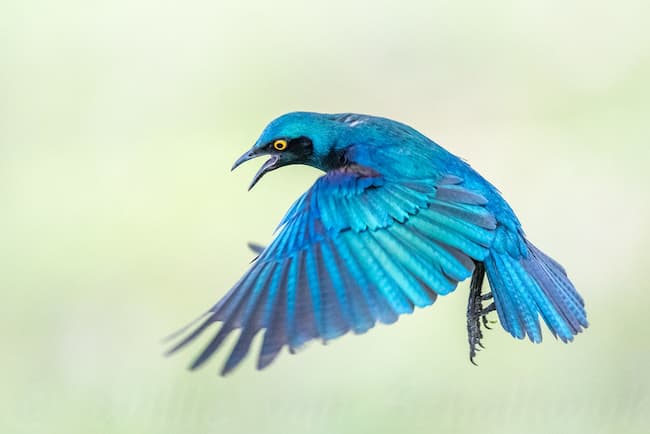
During the breeding season, male Greater Blue-eared Starlings perform elaborate courtship displays to attract a mate. These displays involve puffing up their plumage, hopping, and fluttering their wings to showcase their vibrant colors. Once a pair has bonded, they build cup-shaped nests made of grass, twigs, and feathers. The female lays a clutch of 2-4 eggs, which are incubated by both parents until they hatch.
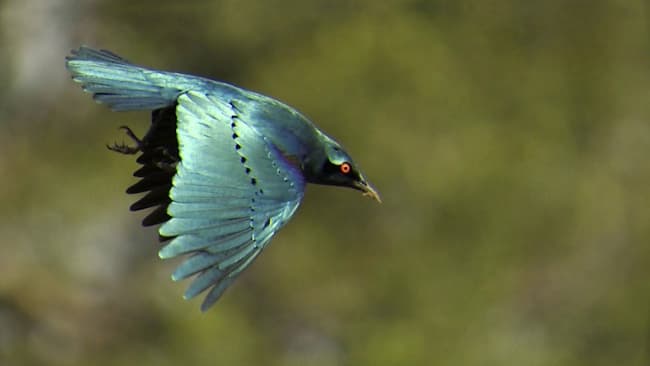
FAQ (Frequently Asked Questions):
Q1: What is the lifespan of the Greater Blue-eared Starling?
The Greater Blue-eared Starling has an average lifespan of about 7 to 9 years in the wild.
Q2: Do Greater Blue-eared Starlings migrate?
Yes, some populations of Greater Blue-eared Starlings undertake seasonal migrations in search of food and breeding grounds.
Q3: Are Greater Blue-eared Starlings considered threatened?
Currently, the Greater Blue-eared Starling is not classified as a threatened species. However, habitat loss and human activities pose potential risks to their populations.
Q4: Do Greater Blue-eared Starlings mimic other bird species?
While they are not known for extensive mimicry like some other starling species, the Greater Blue-eared Starlings can imitate a few simple sounds and calls.
The Greater Blue-eared Starling is a captivating bird with its vibrant plumage, melodious calls, and fascinating behaviors. Its presence adds color and charm to the African landscapes it inhabits. By understanding and appreciating these remarkable avian wonders, we can work towards their conservation and ensure that future generations can marvel at their beauty. Let us continue to cherish and protect the diverse array of birds that grace our planet.

